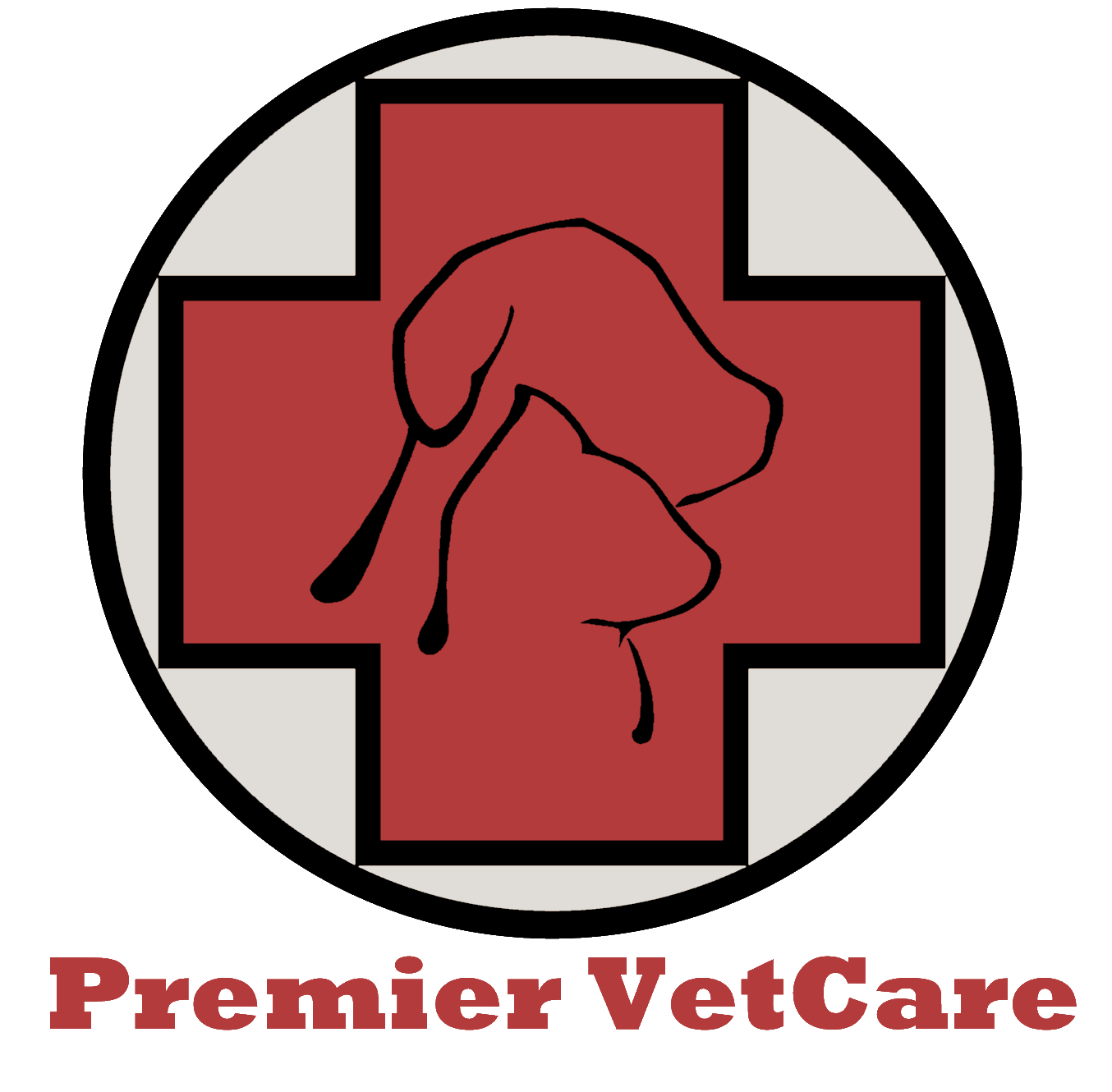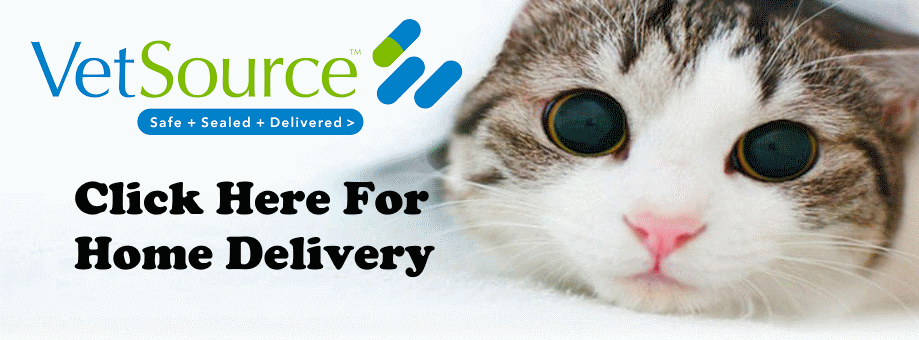House training accidents in the house are the major reason many puppies lose their home.
House training is not that hard once you understand how to do it.
House training involves:
- Feeding High Quality Food
- Having A Definite, Consistent Feeding Schedule
- Using An Airline Shipping Crate Lots Of Patience!!!
First of all, remember that a young puppy is just like a “baby in diapers.” It takes time for the puppy to grow to the point that it can control its eliminations. For that reason, it is important to immediately purchase an airline-shipping crate. Your puppy should stay in the crate all the time it is not under your direct supervision until it is well house trained!
Dogs are clean animals—they do not want to “mess up” where they sleep.
They also are “den” animals, meaning they like small confined areas for security. In the wild, you will find that dogs make their homes in caves and other similar areas where all sides are protected except for the one they enter and can watch when laying down. The crate can later be used as the dog’s bed—making it comfortable staying in the crate if it must be shipped by airline sometime later.
Crates should be large enough for the puppy to stand up and turn around.
Do not get it too large; allow a little “growing room.” A small room in the house, such as a bathroom, will not work its still too large. If the puppy “messes up,” we want it to have to stay close to the elimination for a while to reinforce the need to “hold it until it gets to go outside.”
The idea is that if the puppy is going to “mess up,” we want it to do it somewhere easy to clean up. These plastic cages are easily washed out and made ready for use again should an accident occur. It is important to use a high-quality pet shampoo to bathe your pet.
When the puppy is placed in the crate, do not show it any attention whatsoever!!
Any attention you show, such as talking to it, sticking your finger through the door to pet it, or even yelling at it, will allow the puppy to train you instead of you training the puppy. If attention is shown while in the crate, the puppy will quickly learn that all it has to do is bark, howl, or whine to get more attention.
Starting the first night, locate the puppy in the crate in a separate room and turn on a radio so you will not have to listen to it. After a week or so you will be amazed that the puppy now accepts its new “bed” willingly.
When the puppy is removed from the crate, take it outside immediately. If it does not do “its business,” place it back in the crate and try again in 5 minutes. Many puppies become so excited when they get outside that they “forget” what they are supposed to do. It does not take them long to learn that their reward for “doing its business” is to get to stay out of the crate. Be sure to praise the puppy when it does eliminate. Take it to the same spot every time. Most puppies are fully capable of holding their urine for 8-10 hours if they really want to do so. Since they are really very clean animals, and don’t want to mess up where they must stay, you will be surprised how easy it is to house train your new puppy by following these rules.
After the puppy is brought back into the house, feed it all it will eat in 15 minutes. Feed dry food that has been moistened with warm water. You may also warm up the food in the microwave to enhance the flavor and taste. It is much better to add a commercial canned food that is nutritionally balanced to the dry food than to add table scraps. Puppies should be fed 3-4 times daily until 4-6 months of age, and then can be cut down to twice daily feeding. High quality food will result in much less stool volume and less odor. If you work and are unable to feed the puppy around noon, feed the puppy early in the morning, again as soon as you get home and again one hour before bedtime. It is next to impossible to house train a puppy that is on “free-choice” feeding where the food is left available at all times. It must be restricted to definite feeding intervals to develop good bowel habits. After the puppy has finished eating, take it outside 5-10 minutes later to have its bowel movements. Every puppy will have a bowel movement within 1 hour after eating. Some puppies take 5 minutes, some 30 minutes, and some take up to an hour. Whatever the time happens to be, you will usually find that it will be close to that same time each and every time. Once you have learned the appropriate time for your particular pet, you now can wait and take it outside close to that exact time.
NOTE: You must be sure to feed your puppy early enough so that it has sufficient time to have its bowel movement before placing it in the crate when you go to work or go to bed. Water should be available free choice to the puppy when it is not confined in the crate. Water (or food) should not be provided in the crate.Always give the puppy the opportunity to go outside before placing it in the crate. Always take it outside IMMEDIATELY when letting it out of the crate. When the puppy is left out of the crate, it is important that you be able to keep one eye on the puppy. Watch for the telltale signs of the need to eliminate: circling, restlessness, sniffing, etc.
The puppy should be taken outside after:
- Each Meal
- Anytime It Drinks Water
- When It Is Taken Out Of The Crate
- Just Before Being Confined In The Crate
- After Playing Hard, Getting Excited, Or Chewing On Its Hard Toys
- When You See “Intention Signals:” Circling, Sniffing, Restlessness, Etc.
When you take the puppy outside and nothing happens, put the puppy back in the crate for a few minutes and try again. Puppies are smart and quickly learn what to do if you will just be patient. We have used this method of house training for thousands of puppies. It works if you will just follow these directions carefully. It is the easiest and “least messy” way we have found. Let us know if you have problems—we will be glad to help you.

